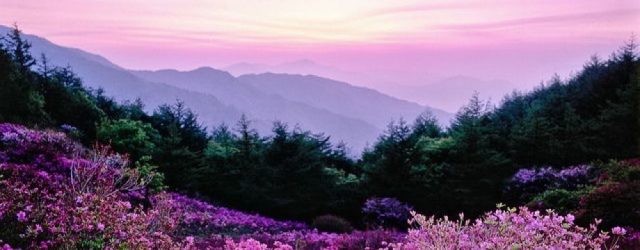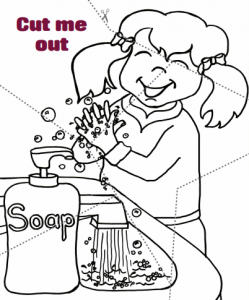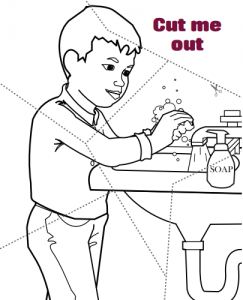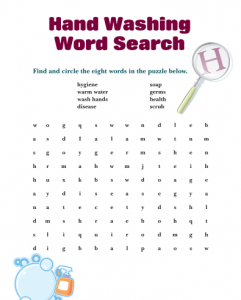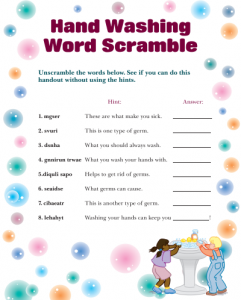 Now feels like a particularly poignant time to review germs with students at home.
Now feels like a particularly poignant time to review germs with students at home.
By now, they are (maybe?) used to a new routine with an increase in hand washing every day.
If you want to try a super easy science experiment, consider asking your student to ask you what they can remember about germs as you set up the experiment together.
You might be able to have a conversation about when Ms. Sutton’s daughter came in to visit our class as part of her nursing program, to talk to use about germs and the best ways to wash our hands. Or maybe you will have a chance to talk about the horrifying mouldy bread that Ms. Driedger brought in for us after different hands had touched it!
For this experiment, all you will need is a dish/bowl, some tap water (I used lukewarm/cold water, and it worked well!), ground pepper, and dishsoap! That’s it!
If you want to, you could ask your student to draw (and write) what they THINK might happen when the soap touches the ‘germs’. You can have a “Before, I Predict // After, I Observed” sheet, and draw their observations from the experiment afterwards, as well! Feel free to send me pictures of their work/experiments!
Steps:
- Fill your plate/dish/bowl with water.
- Ask students to grind pepper into the water. All of the pepper flakes are the germs that we pick up by touching things around the house, outside, etc.!
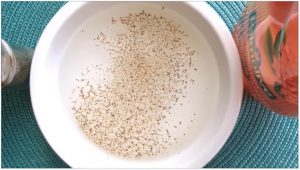
- Put a drop or two of liquid dishsoap on one of the student’s fingers. Now that they have soap on their fingers, you can see what happens to germs when we wash them away!
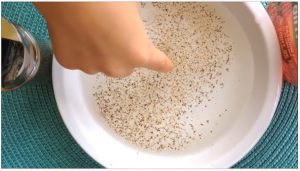
- Have the student slowly put their finger into the water, and see what happens!!
If you want to watch a quick video to visualize how to set this up, you can do that here.
If you want to supplement your science experiment and discussions, here are some colouring and word puzzles students might be interested in.
For Grade Ones and Twos, this experiment ties into the BC curriculum through the Science Big Idea that: Materials can be changed through physical and chemical processes.
In your discussion and during your experiment manipulating the specific properties of a material (Gr.1) and forces and motion in water (Gr.2), students will demonstrate several of the Science curricular competencies, including:
- Demonstrate curiosity and a sense of wonder about the world
- Observe objects and events in familiar contexts
- Ask questions about familiar objects and events
- Make simple predictions about familiar objects and events
Planning and conducting
- Make and record observations
- Safely manipulate materials to test ideas and predictions
- Make and record simple measurements using informal or non-standard methods
Processing and analyzing data and information
- Sort and classify data and information using drawings, pictographs and provided tables
- Compare observations with predictions through discussion
- Identify simple patterns and connections
Evaluating
- Compare observations with those of others (perhaps your student discusses/debates their ideas with a sibling, or another adult)
- Consider some environmental consequences of their actions
Applying and innovating
Communicating
- Communicate observations and ideas using oral or written language, drawing, or role-play
- Express and reflect on personal experiences

